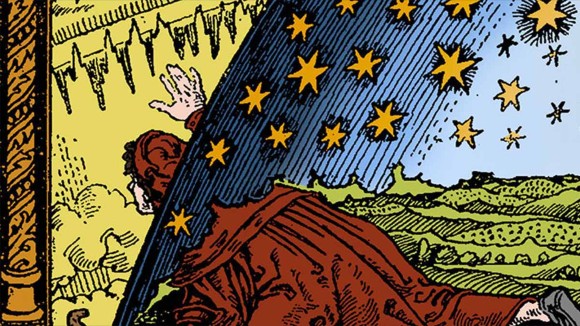
Supernovae emit gamma-ray bursts of durations more than 2 seconds (so-called ‘long’ GRBs), but this connection was not firmly established until the late 1990s, in a series of Nature papers. An early catalogue of GRBs detected by the BATSE instrument on the Compton Gamma-Ray Observatory was published in 1992 (Meegan et al. 1992). It presented an isotropic distribution of GRBs on the sky, at least giving a hint that the sources of the long GRBs were not associated with structures in our Galaxy. Jan van Paradijs and colleagues (van Paradijs et al. 1997) took a step further when they detected the first counterpart to a GRB at another wavelength. By locating the optical afterglow of a burst to a nearby galaxy, they showed definitively that GRBs must be extragalactic. This finding was developed by Nial Tanvir (Tanvir et al. 2009) who discovered a GRB which at that point represented the most distant object known in the Universe.
The link between GRBs and supernovae was strengthened following a GRB in April of 1998. Titus Galama and colleagues found a GRB afterglow that they associated with supernova SN1998bw (Galama et al. 1998). In the following pages of the same Nature issue (Iwamoto et al. 1998), Koichi Iwamoto dug into the nature of SN1998bw, finding that it was a “hypernova”, an extremely luminous supernova that could cause a relativistic shock – a phenomenon that could quite possibly be the source of the GRB.

